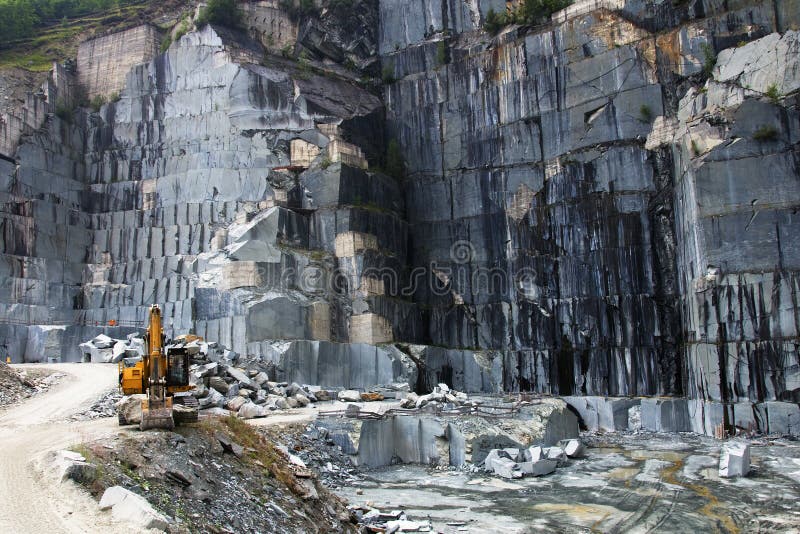Opening All-natural Prizes: Granite Quarries in South Africa Unveiled
Opening All-natural Prizes: Granite Quarries in South Africa Unveiled
Blog Article
Unveiling the Mysteries of Granite Quarrying: Where Stamina and Style Meet
The world of granite quarrying is a realm where the raw stamina of nature merges with human virtuosity to create structures that stand the test of time with an air of sophistication. From the midsts of quarries to the meticulous polishing in workshops, the process of transforming granite into architectural wonders is a complicated dancing of practice and innovation. As we peer into the depths of this ancient craft, we begin to uncover the concealed details that form the really essence of our built environment.
The Origins of Granite Quarrying
In the annals of building background, the beginnings of granite quarrying are shrouded in a tapestry of old workmanship and geological wonders. Going back to old Egypt and Mesopotamia, the removal of granite from quarries noted the start of a trip that would ultimately cause the development of a few of the world's most renowned structures.
Granite quarrying's roots can be traced to the proficient craftsmens who recognized the stone's resilience and aesthetic allure. Via a mix of primitive tools and sheer determination, these very early quarry employees discovered granite blocks that would end up being the building blocks of worlds.
As human beings advanced, so did the methods of quarrying granite. The Romans, renowned for their engineering prowess, created innovative techniques for drawing out granite to construct monoliths, holy places, and roads that stood the examination of time.
The tradition of these ancient quarrying practices remains to shape modern architecture, with granite continuing to be a sign of strength and elegance in building and construction jobs around the globe. (granite quarries in south africa)
Devices of the Quarrying Trade
The advancement of granite quarrying methods from ancient human beings to modern-day times highlights the crucial duty played by the devices of the quarrying trade in forming the market's methods. In old times, quarrying tools were rudimentary, often including blades, hammers, and wedges made from materials like bronze or iron. These tools needed significant manpower and time to essence granite blocks from quarries.

Furthermore, the introduction of pneumatic tools and high-powered equipment has actually dramatically lowered the physical labor needed in quarrying procedures, improving worker safety and productivity. As the quarrying sector proceeds to innovate, the tools of the trade continue to be at the center of driving development and shaping the future of granite extraction.
Removing Blocks of Granite
Making use of accuracy machinery and progressed strategies, the removal of granite obstructs from quarries has become a sophisticated procedure in the contemporary quarrying market. The initial action includes identifying the area and dimension of the granite deposit to identify one of the most effective removal approach. When a suitable website is chosen, the removal procedure begins with the exploration of holes for the positioning of dynamites. Controlled blasting strategies are then used to break apart the granite into workable sections.

Sprucing Up and Completing Techniques
To accomplish a perfect surface area on granite blocks, proficient craftsmens utilize a collection of thorough sprucing up and finishing methods. After the first extraction and shaping procedures, the granite obstructs undergo a thorough polishing phase to improve their all-natural beauty and sturdiness.
Along with polishing, finishing methods are put on more refine the granite's appearance. These techniques might consist of flaming, sharpening, or brushing, each offering unique structures and surfaces to match various visual choices. Flaming, for example, involves exposing the granite surface to high temperatures to produce a harsh, distinctive finish, ideal for outdoor applications where slip-resistance is Our site important. Refining, on the other hand, supplies a matte surface that is smooth to the touch, best for interior counter tops and floor covering. By very carefully choosing and applying these polishing and ending up strategies, craftsmens can change raw granite blocks into splendid pieces that showcase both strength and elegance.

Environmental Effect and Sustainability
With the expanding emphasis on ecological awareness in the market, granite quarrying techniques are increasingly inspected for their effect on my site natural sources and lasting sustainability. Quarrying for granite can have significant ecological effects. The extraction process frequently includes using heavy machinery, dynamites, and huge amounts of water, resulting in environment devastation, soil erosion, and water contamination. In addition, the transport of granite from quarries to processing facilities produces carbon discharges, better adding to environmental deterioration. granite quarries in south africa.
To mitigate these impacts and ensure sustainability in granite quarrying, industry stakeholders are adopting various measures. Executing advanced technologies to decrease energy consumption and water use, redeeming quarried land for eco-friendly restoration, and promoting liable sourcing techniques are some approaches being used. Moreover, accreditations such as the Forest Stewardship Council (FSC) and the Leadership in Power and Environmental Layout (LEED) assistance consumers identify eco-friendly granite items.
Conclusion
In verdict, granite quarrying is a process that calls for specialized tools and strategies to essence blocks of granite and brighten them to a high level of coating. While the environmental influence of quarrying can be considerable, efforts are being made to boost article sustainability practices in the sector. Overall, granite quarrying is a fragile balance between harnessing the stamina and style of this natural rock while minimizing its influence on the environment.
Report this page